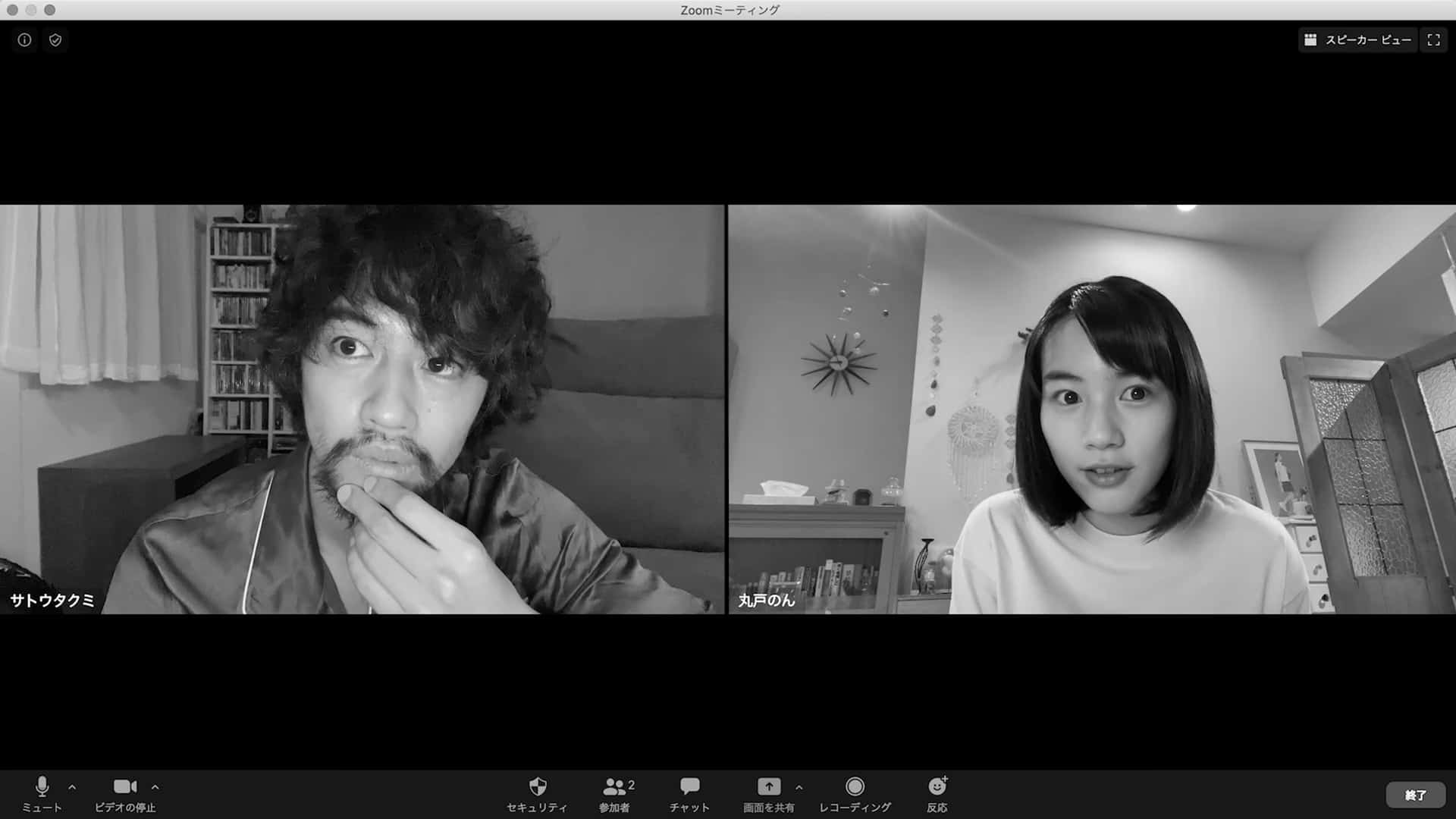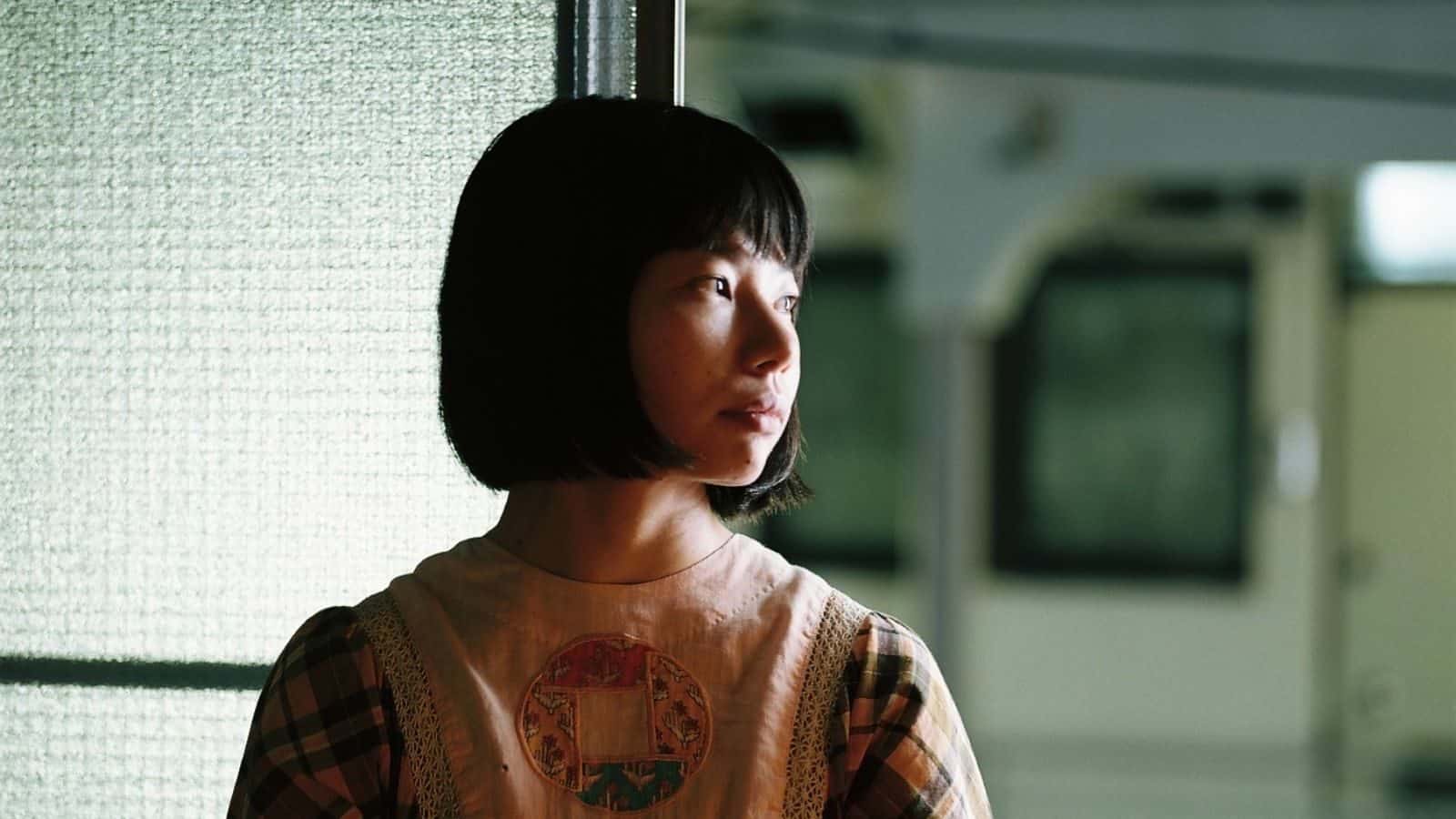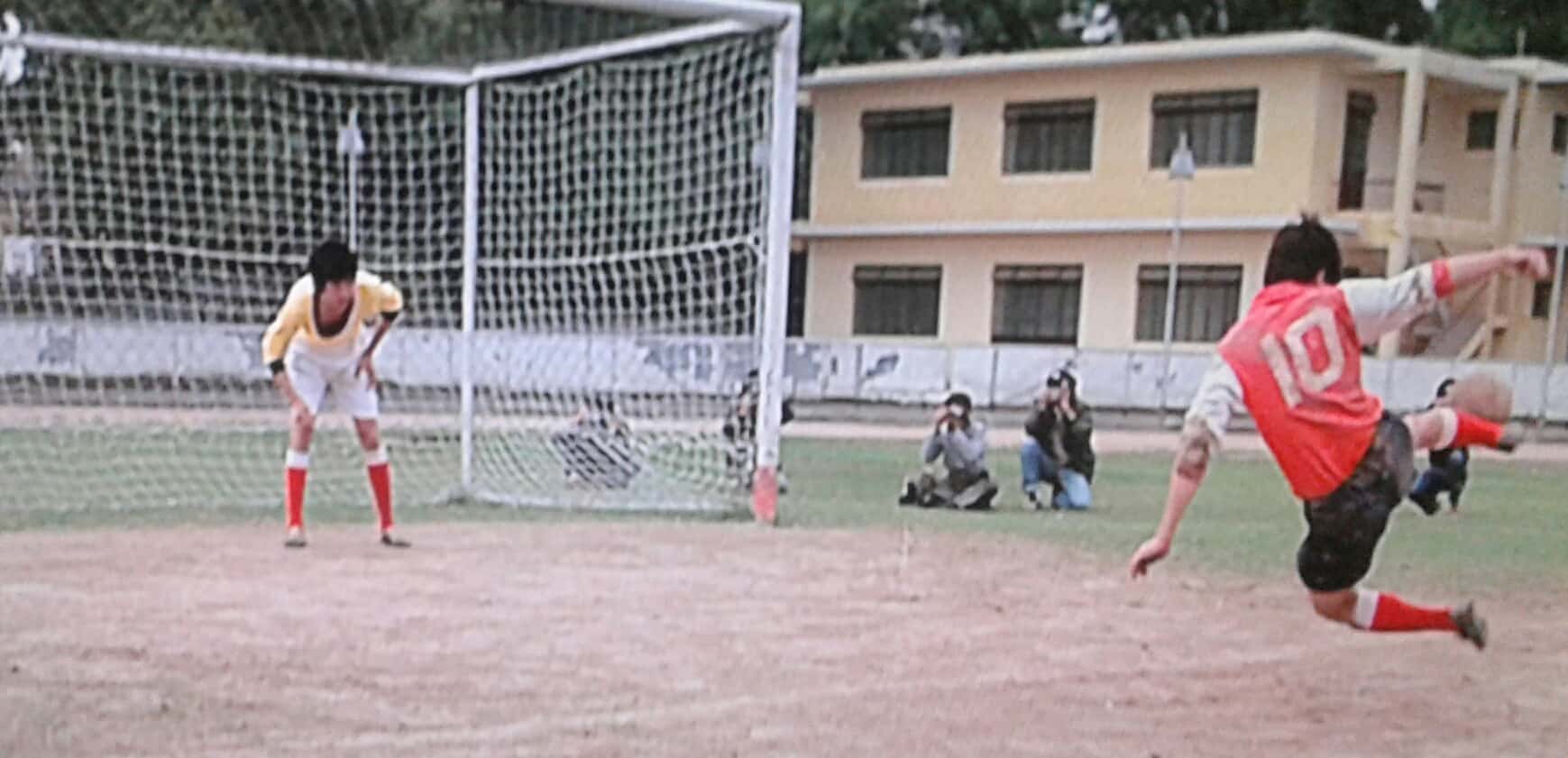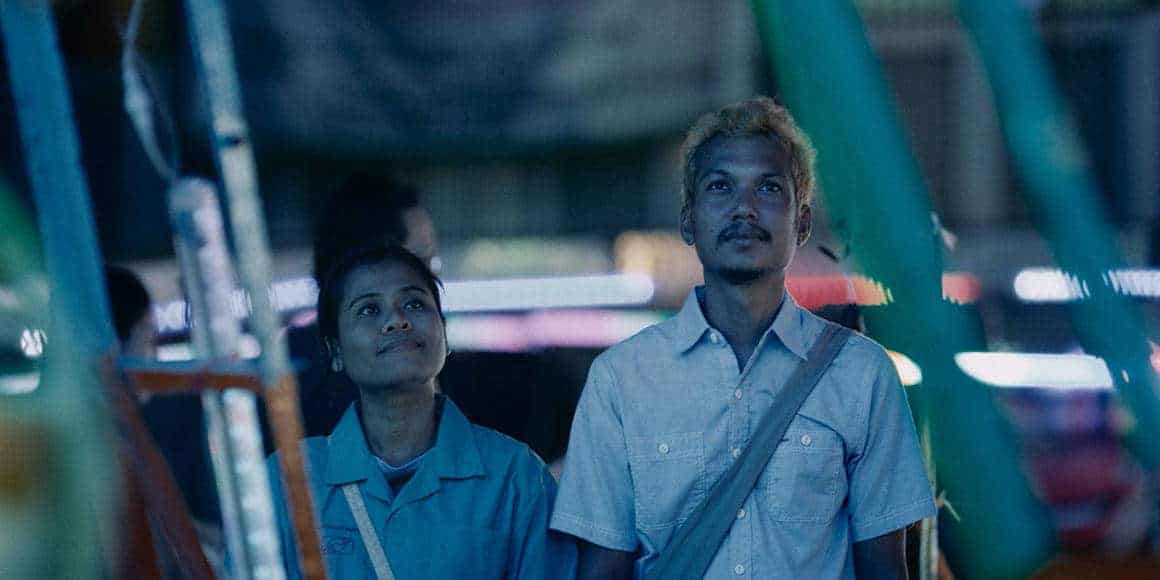Featuring an approach that is quite similar to Yutaka Ikejima's pink masterpiece, “The Muse”, Hideyuki Tokigawa invokes nostalgia, drama and a bit of magical realism for a subject that is usually presented under a whole other prism: stripping. The result, however, if somewhat idealized, is excellent.
Dancing in her Dreams is screening at Inland Dimensions

Based on the true story of a rundown strip theater in Hiroshima announcing some years ago that it is closing after decades of shows, only to have the public rush to support, forcing the owner to continue its operation, “Dancing in her Dreams” highlights this local flavor quite intently, particularly since the director, Hideyuki Tokigawa, is also a native. The story focuses on the owner, Shintaro, following him in two different time frames. The first one as a young man shattered by a previous relationship, only to meet a stripper, Sara, fall in love with her, and subsequently enter the strip business just to be close to her. The second one unfolds in the present, where a tired 50+ Shintaro, is preparing for the last show of his joint, although still desperately trying to find ways to keep the business alive. The unfulfilled dream of Sara still haunts him, but Yoko, a veteran stripper, offers meaningful companionship, while Melody, a young blonde stripper who looks much like Sara, has a rather significant impact on him.
Evidently, Tokigawa's aim with the film's aesthetics was to make his audience feel as much nostalgia for an era and a concept that has given its place to internet porn decades ago, through an approach on stripping that feels rather romanticized, particularly in the way both the dancers and the employees of the joint are presented, as people who know exactly what they are doing, and are enjoying it at the most. The unfulfilled love aspect and the joint on the brink of closing adds to this sense, which permeates the narrative and actually makes the film rather appealing from beginning to end, particularly after a plot twist is revealed.
The same applies to the various live performances of the girls dancing, with Izumi Okamura, who plays Sara and Melody, and Yoko Yozawa (a real life exotic dancer) who plays Yoko, giving a series of truly captivating performances, both sensual and rather artistic, with “Creep” by Radiohead, surprisingly being rather fitting to this kind of dance. Their performances are also quite good, with the former in particular playing the role of the muse and the siren with equal artistry.
Despite the fact that the focus is not on realism, Tokigawa also presents some of the hardships of the profession, even if somewhat epidermically. That these kinds of entrepreneurships have lost much of their appeal nowadays, finding it really hard to get the funds to continue operating is one of the most central comments, along with the question about the appeal stripping used to have on men. The question of what exotic dancers do after they get too old to perform is also presented, while through the young Shintaro arc, Tokigawa also presents the troubles with the police and the “eccentrics” of the audience, which were actually an everyday endeavor. Some of the logistics of such an operation are also included, while the fact that the older Shintaro is being interviewed throughout the movie, also adds a meta-realistic aspect to the narrative.
As mentioned before, however, the focus here is definitely not on realism, with the overall dreaminess that permeates the title being excellently invoked by Ivan Kovac and Jeremy Rubier's cinematography, whose intense hues and occasional blurriness evoke this particular aesthetic in the best fashion. Particularly the scenes at the beach, where Sara is dancing, will definitely stay on the mind of the viewer, as the combination of Okamura's movements, the location, and the music create a rather appealing amalgam, which also adds to the nostalgia the movie emits. Truth be told, “Creep” is heard too many times throughout the film (five, if I am not mistaken) but the way it is presented is definitely not annoying, with the lyrics also fitting the story of Shintaro, while the ending of the movie, where it is heard once more, is another of the rather many memorable moments presented here. Tokigawa's own editing is also quite good, with the intermingling of the two different time frames adding to the appeal of the story. In that regard, Masaya Kato gives a very appealing performance as a man who carries a number of wounds but survives by fighting despite them.
“Dancing in her Dreams” may not be particularly realistic, but who said that realism is the only purpose of cinema? The overall aesthetics here are rather appealing, the story quite interesting, while Tokigawa has managed to present a concept that is frequently presented as intensely pornographic in a way that is erotic, sensual, but never “dirty”, in a rather impressive result that definitely deserves a watch.
















